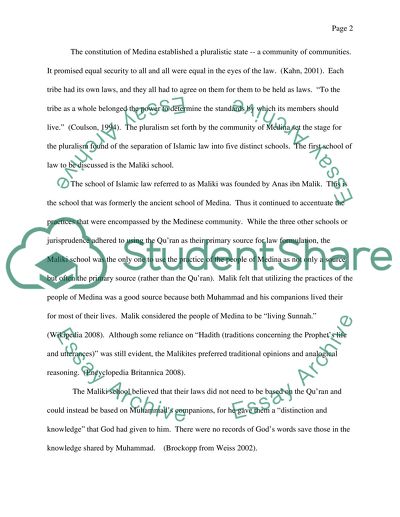Cite this document
(“Development of the Five Islamic Schools of Law Essay”, n.d.)
Development of the Five Islamic Schools of Law Essay. Retrieved from https://studentshare.org/religion-and-theology/1512021-development-of-the-five-islamic-schools-of-law
Development of the Five Islamic Schools of Law Essay. Retrieved from https://studentshare.org/religion-and-theology/1512021-development-of-the-five-islamic-schools-of-law
(Development of the Five Islamic Schools of Law Essay)
Development of the Five Islamic Schools of Law Essay. https://studentshare.org/religion-and-theology/1512021-development-of-the-five-islamic-schools-of-law.
Development of the Five Islamic Schools of Law Essay. https://studentshare.org/religion-and-theology/1512021-development-of-the-five-islamic-schools-of-law.
“Development of the Five Islamic Schools of Law Essay”, n.d. https://studentshare.org/religion-and-theology/1512021-development-of-the-five-islamic-schools-of-law.


